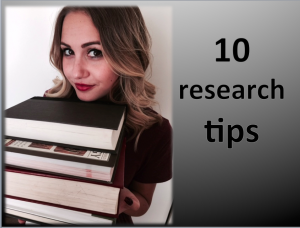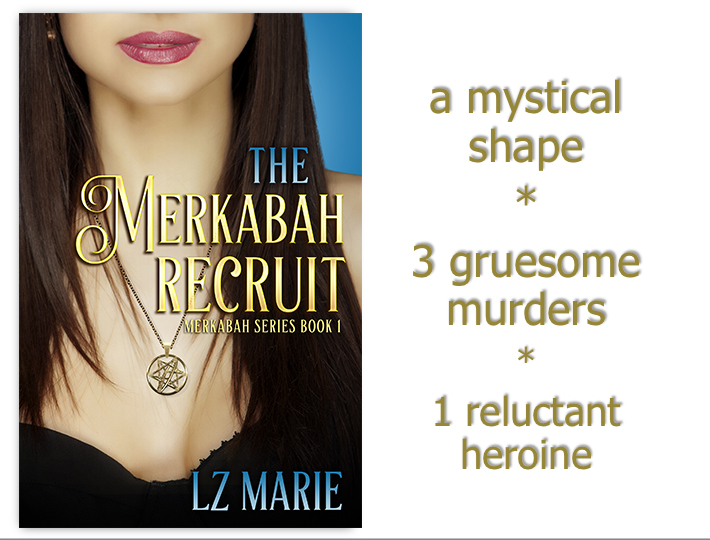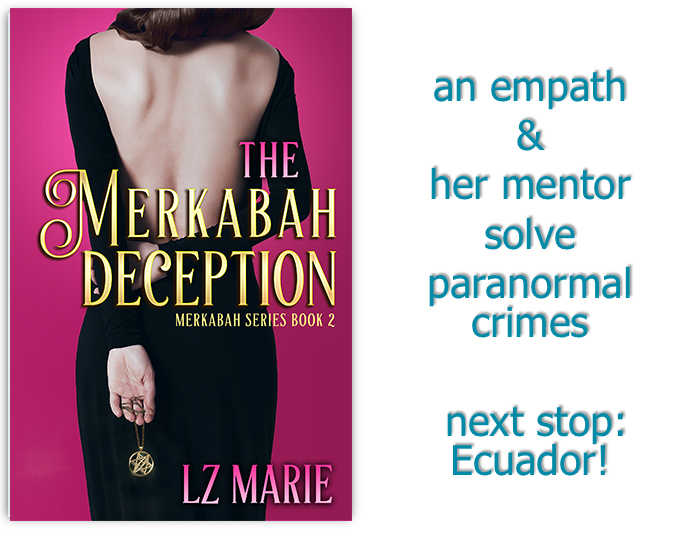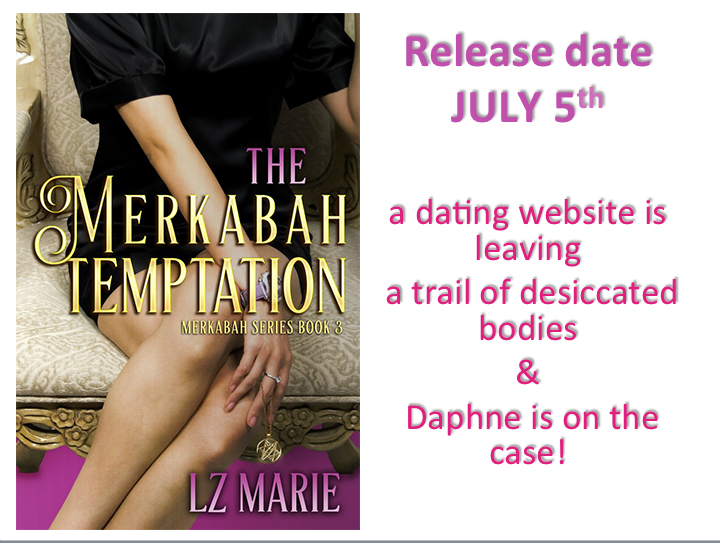 Many writers do a fair amount of research for their novels. Whether your genre is mystery, action-adventure, sci-fi, historical, urban fantasy, crime, or horror—writers are forever looking up facts to mix with the fiction.
Many writers do a fair amount of research for their novels. Whether your genre is mystery, action-adventure, sci-fi, historical, urban fantasy, crime, or horror—writers are forever looking up facts to mix with the fiction.
Authors can spend at least a month researching a time period before beginning a new historical, and just as many weeks researching odd subject matter for other genres.
Lucky me, writing a million ( a small exaggeration ) college essays and a masters thesis taught me how to best catalogue and manage the plethora of research gathered along the way. I teach these same tips—learned the hard way—to my students.
So, courtesy of years spent thinking ‘where the hell did that fact come from?’ here’s a few down and dirty research tips. Be forewarned: The more thorough the prep is in the beginning, the easier your novel writing—the insert fact portion here part—is in the end.
- Make a timeline. A 2-column chart works nicely, one column for the historical events and one for the corresponding scenes in your novel. For one historical novel I have 2 POV’s and so I made a 3-column timeline. One for each POV character and one for general historical events. Warning: This may take days to create. I used 3 different books and it was invaluable for creating a timeline from a mixed bag of random dates. Remember to include year, location, month, date, and hour if possible.
- Keep a binder of printed articles you find on the internet. I’ve printed a doctoral thesis, PDFs of 200-yr-old diary entries, ancient maps, magazine articles, and scholarly journal articles. Highlight and annotate the information you think you will use in your novel.
- Save websites or photos on Pinterest. I make a Pinterest board for every novel. You can even make a secret board. Storing all the websites on Pinterest allows for easy access and findability ( yup, made that word up ) and prevents you from scrolling down that never-ending Favorite list.
- Embed the website’s URL into your manuscript. Doing this allows quick access during the modification process of that 2nd to 1000th rewrite. Delete the URLs ( but save them on a word doc in chronological order of your ms) before sending to a beta reader or agent.
- Embed any physical book or sources with in-text citations. For example, I’m currently using 6 different books for background information, so my in-text citation will look something like this: blah blah plot, blah, fact, blah ( Chinese Myth 49). The fact is from a book on Chinese mythology on page 49.
- If you purchased a book for research highlight and annotate the facts you think you might need. If you can’t bear to mar a book then use little sticky notes.
- Create charts for easy fact access. eg, I currently have a large chart with various aspects of Chinese culture ( food, vessels, gods, holidays, professions, garb, weapons, punishments, etc) Mmmm, can you you guess what my WIP is about? Warning: Making this chart took a looooong time but saved countless hours of ‘where was that info about weaponry?’
- Use the primary source. For example, after reading 3 books that all quoted the same book, I hunted down and purchased the no-longer-in-print book. This primary source was a goldmine, the footnotes alone providing me with more information than all the other research books put together.
- Send URLs to your email. Often I find the perfect site while web surfing, but–yikes—am no where near my home computer.
- Wiki wisdom. Wiki is a great place to start–a spring board for diving down to the bottom of the page where the Reference section provides the sources sure to provide more in-depth information
Do you have any research tips to share?
Related links: Readin’ & Writin’; Rock Your Writing















Thank you so much for this. Am writing fiction but need to base the story in fact so research is paramount.
Learned a few new ones here, thanks. One can never be too organized! I’ve used Excel to make a family tree for my current novel; I’ve looked for some great timeline software or sites, but finally concluded they’re all overkill and too much trouble. So it will be back to Excel for that, too. As for storing my material, I’m a huge fan of Scrivener. It’s all in there, and easily accessible in side-by-side access when I’m writing. I’ve also discovered that it’s easiest to take notes right into Scrivener’s Research section from my Kindle app, so I try to get most of my reference books in e-book form; just copy and paste, and the book credit appears with the material—making footnotes easier, too.
I suppose there are lots of apps and such that may work but I guess I’m old school ( or tired of dealing with techno glitches in my day job–LOL ). Learning a new program drives me bonkers and there’s just something comforting about flipping through a physical book that won’t disappear into cyberspace. Sounds like you’re already a research pro! I’ve heard lots of good things about Scrivener.